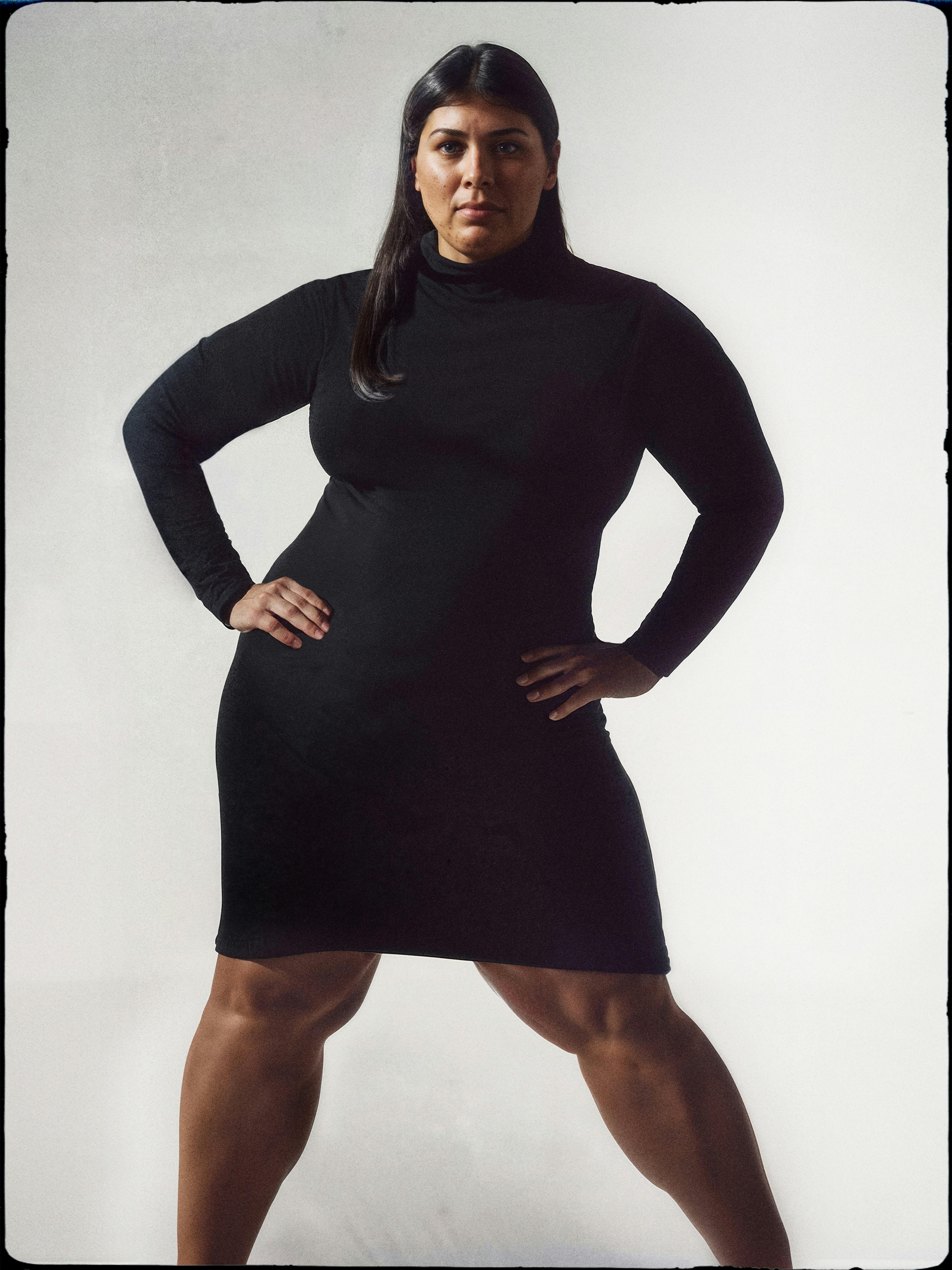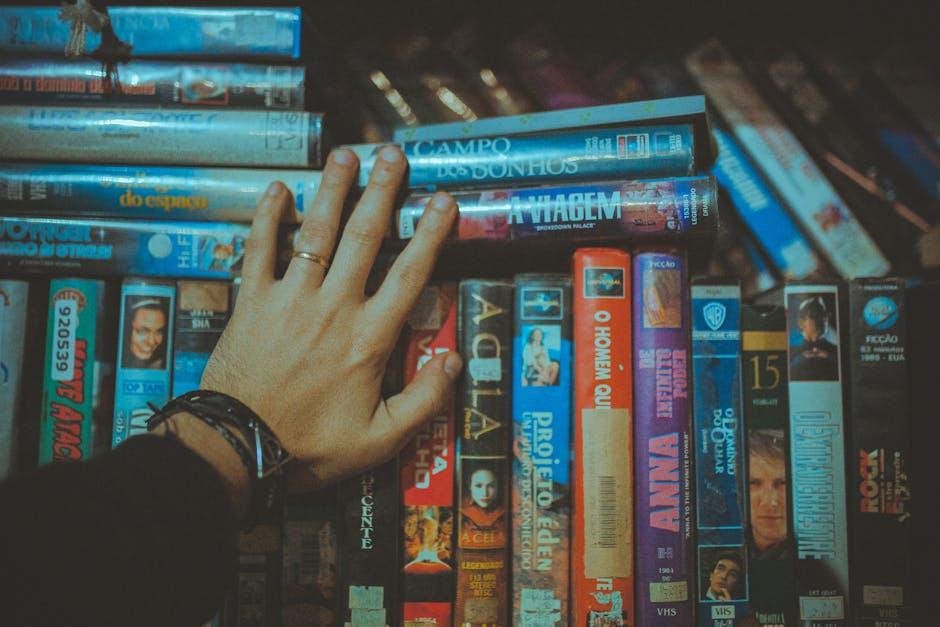In the pantheon of cinematic history, legendary classic films are often revered not just for their artistic achievements but for their enduring exploration of complex social themes. These films, transcending mere entertainment, serve as cultural touchstones that reflect and challenge the societal norms of their times. As we delve into an analytical exploration of these masterpieces, it becomes essential to critically examine how they address issues such as class disparity, gender roles, and racial dynamics. By unpacking the nuanced narratives and character portrayals within these iconic works, we gain insight into the filmmakers’ perspectives and the broader cultural dialogues they inspired. This article aims to dissect these enduring social commentaries, providing a fresh lens through which to appreciate the depth and relevance of classic cinema in today’s ever-evolving societal landscape.
Exploring Cultural Narratives and Their Impact on Society
Classic films are a rich tapestry of cultural narratives, each offering a unique lens through which to examine the social themes that have shaped societies. These cinematic masterpieces often serve as reflections of their time, exploring complex issues such as class struggle, racial tensions, and gender dynamics. They not only entertain but also challenge audiences to think critically about the world around them.
- Class Struggle: Films like Metropolis and Citizen Kane delve into the dichotomy between wealth and poverty, illustrating how economic disparities influence societal structures.
- Racial Tensions: Works such as To Kill a Mockingbird and Guess Who’s Coming to Dinner confront racial prejudices, pushing viewers to question ingrained biases and advocate for equality.
- Gender Dynamics: Movies like Gone with the Wind and All About Eve highlight the evolving roles of women, challenging traditional gender norms and inspiring conversations about empowerment.
Through their narratives, these films have not only mirrored societal challenges but have also influenced cultural perceptions, encouraging progressive thought and fostering dialogue across generations.

Deconstructing Gender Roles and Stereotypes in Iconic Cinema
Classic films have long been a mirror reflecting societal norms, often reinforcing gender roles and stereotypes that have persisted through generations. From the damsel in distress trope prevalent in the Golden Age of Hollywood to the macho hero archetypes, these cinematic icons have both shaped and been shaped by cultural expectations. However, a deeper examination reveals moments where these films subtly critique or even subvert the very norms they seem to uphold.
- Subversion of Expectations: In films like “Gone with the Wind,” Scarlett O’Hara challenges traditional female roles with her resilience and business acumen, despite the film’s initial portrayal of her as a typical Southern belle.
- Complex Masculinity: “Rebel Without a Cause” introduces a nuanced depiction of masculinity, where James Dean’s character grapples with vulnerability and societal pressures, offering a more layered understanding of male identity.
- Gender Role Reversals: Comedies such as “Some Like It Hot” cleverly use cross-dressing and mistaken identities to question rigid gender norms, allowing audiences to laugh while contemplating deeper societal issues.
By dissecting these films, we uncover a complex interplay between reinforcing and challenging gender norms, offering a rich tapestry for understanding how cinema has both mirrored and influenced societal change.

Racial Representation: Progress and Pitfalls in Classic Films
- Progress: Classic films have served as cultural touchstones, reflecting societal shifts and occasionally challenging norms. In some instances, they have been pioneering in offering visibility to marginalized groups. For example, films like “Guess Who’s Coming to Dinner” boldly addressed interracial marriage during a period when it was still a contentious issue in many parts of the world. Such films attempted to push boundaries, sparking conversations and paving the way for more diverse storytelling.
- Pitfalls: However, these films often fell short in their portrayal of racial diversity, frequently resorting to stereotypes or sidelining characters of color. The legacy of whitewashing and tokenism looms large, with many classics offering a narrow lens that marginalizes or misrepresents non-white characters. This lack of authentic representation can perpetuate harmful stereotypes, limiting the scope of narratives and the audiences’ understanding of diverse cultures.

Recommendations for Reinterpreting Classics in Modern Contexts
- Embrace Diverse Perspectives: Reimagining classic films through a contemporary lens requires an inclusive approach that amplifies voices previously underrepresented. Consider exploring characters’ backgrounds or social dynamics that reflect today’s diverse world. This not only breathes new life into old narratives but also enriches them with deeper, more relatable themes.
- Contextualize Historical Settings: While maintaining the essence of the original, it’s crucial to reinterpret its setting with a modern twist. By addressing contemporary issues such as climate change, social justice, or technological advancements, the story can resonate with current audiences. This contextual shift encourages viewers to reflect on how far we’ve come and the challenges that still persist.
- Challenge Traditional Norms: Many classic films carry outdated societal norms that can be reexamined and subverted. By challenging these conventions, creators can provoke thought and discussion. Whether it’s redefining gender roles or questioning power dynamics, this approach ensures that the film remains relevant and thought-provoking.

